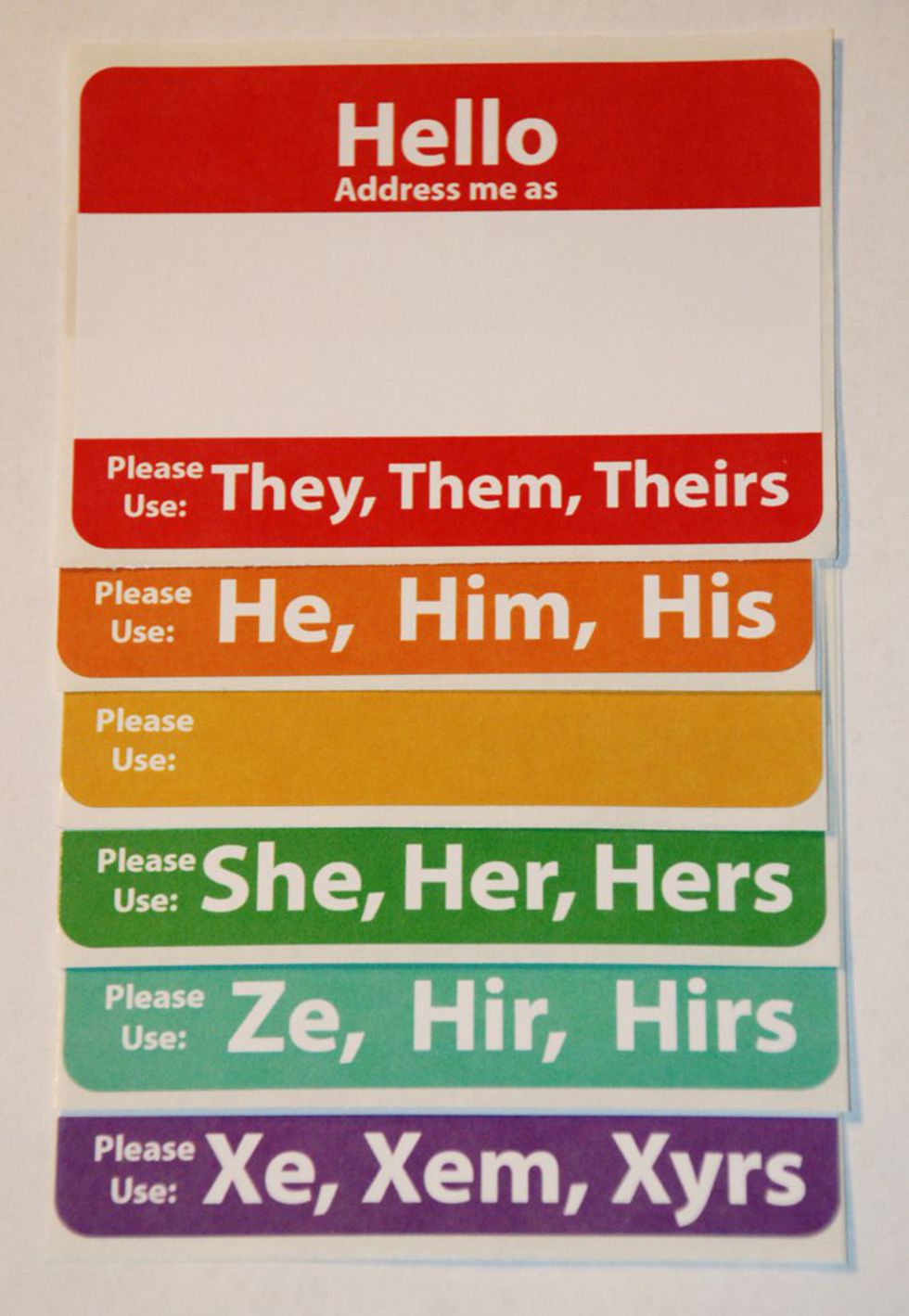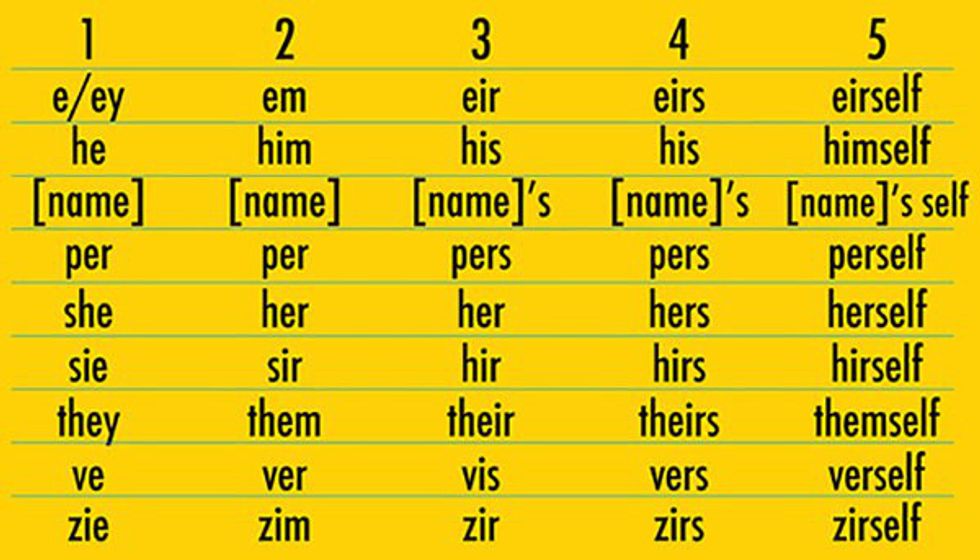When I was little, I was always told to give of myself to others. I took that literally. Now I highly value giving living donations such as platelets, and I wish to give all of myself when I die because I feel that it is my duty to use my life to help others. Three ways that you can donate a part of yourself to save someone's life include blood or tissue donation, marrow donation, and organ donation.
Blood or Tissue Donation
Whether we've ever been in a car accident, had surgery, or are just reading these words, we all need blood. The average adult has ten pints of blood and can donate one pint. A few common blood or tissue donations that blood banks will collect include whole blood, double red blood cell (RBC), and platelets.
Whole blood donation includes RBCs, platelets, and plasma. This is the most common type of donation and can help save three lives with just one donation. Donation takes only 10 minutes and you can donate every 56 days.
Double RBC donation is when only your red blood cells are donated and you get back your platelets and plasma. Over 60% of blood transfusions are RBCs. Donation takes anywhere from one to two hours and you can donate every 112 days.
Platelet donation is when only your platelets are donated and you get back your RBC's and plasma back. Platelets are the part of your blood that helps with clotting so that a cut does not continue to cause bleeding. Cancer patients going through chemotherapy often need platelet transfusions. Donation takes anywhere from 90 to 120 minutes and you can donate every seven days, up to 24 times a year.
Marrow Donation
Marrow donation is giving someone your blood stem cells which are the cells that make all of the body's blood cells. You can donate either peripheral blood stem cells (PBSC) or bone marrow. In a PBSC donation, only the blood-forming cells are collected from a needle in your arm and the rest of your blood is returned to you. A bone marrow donation is when marrow liquid is collected from both sides of your pelvic bone in an operating room under anesthesia to not feel any pain.
Patients who need these donations of bone marrow transplants typically include those who have blood cancers such as leukemia or other marrow diseases. The steps to donation include registering to get put on a registry, swabbing the inside of your cheek, and if one day you are a match for someone in need, you could give either a PBSC or bone marrow donation. You can remain on the registry until your 61st birthday.
Organ Donation
There are currently more than 119,000 children, women, and men on the national transplant waiting list. Living organ donors can donate one kidney, one lung, a portion of the liver, pancreas, or intestine. Deceased organ donors can donate the kidneys, lungs, liver, heart, pancreas, intestines, and now the hands and face.
Tissue donors can also donate the corneas, middle ear, skin, heart valves, bone, veins, cartilage, tendons, and ligaments. These can be stored in tissue banks and will be used to recover sight, cover burns, and repair hearts, veins, damaged cartilage and connective tissues. Patients who need these transplants can range from children with congenital diseases to burn victims. You can become a donor by indicating so at your state motor vehicle office or registering online.
I know that some people might be scared of needles or think that registering to get on a list is too much of a hassle, but think about how it affects the lives of everyone every day. If no one donated blood or platelets, how could we perform surgery or heal the wounded?
If no one donated their kidneys or hearts, then wouldn't that make some diseases a death sentence?
I urge these people to think about those impacted by diseases or accidents-- which includes everyone. Whether you know someone with cancer, have been in a car accident, or have a family member who has a congenital disease, we all at some point need help. And the only way to receive that help is by giving.
To donate blood, visit the American Red Cross.
To donate marrow, visit BeTheMatch.
To become an organ donor, visit organdonor.gov.























